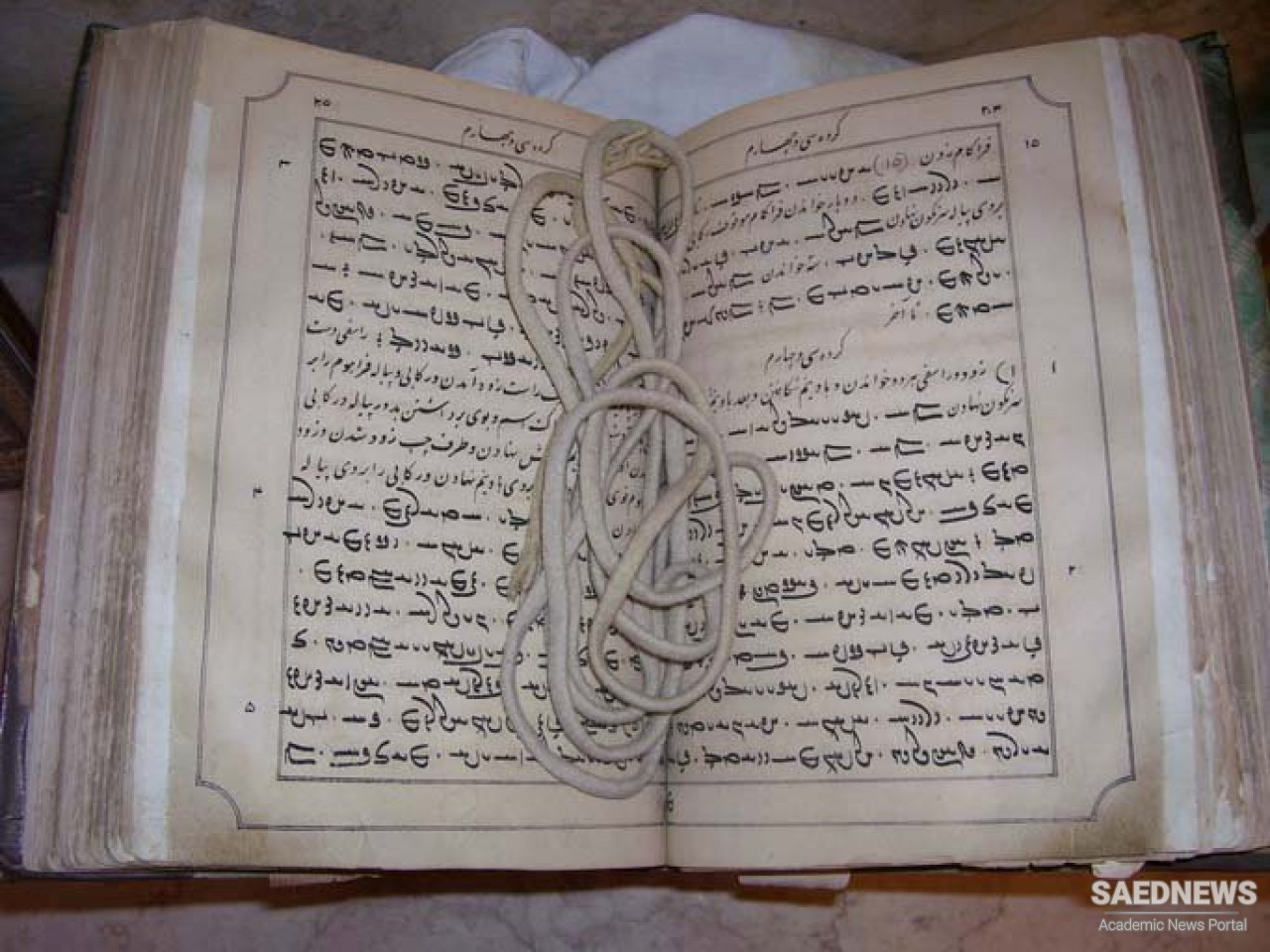Name. Avestan is the language of Zoroastrian scripture that has been preserved in various manuscripts, the oldest of which dates to 1288 AD.
Avestan is not the real name of the language. We have neither the tribal/ethnic name of the speakers, nor the name of their language. The name Avestan is adopted from the name of the sacred book of Zoroastrianism, the Avesta (previously it also used to be called Zend)
Speakers and area. Despite the late date of the preserved manuscripts, the native speakers of Avestan lived sometime between the second half of the 2nd millennium and early half of the 1st mil. BC. This approximate date has been suggested based on the close similarity of Avestan and the language of the Rig Veda on one hand, and Old Persian, the language of the Achaemenid inscriptions, on the other.
A number of regions in historical Eastern Iran (Central Asia, Afghanistan) have been proposed as the native land of its original speakers, though none of them can be accepted with absolute certainty.
Based upon the language of the Avestan texts, Avestan is divided into two dialects, Old and Young Avestan. Most of the texts in the Avesta (Yasna, Yašts, Videvdad, etc.) are written in Young Avestan, and only a portion of it is written in the Old Avestan (also called Gathic) dialect (Gathas, Yasna Haptaŋhāiti). The relation of these two dialects is debated, though the majority of scholars consider them to represent the earlier and later phases of the same language.
Script. The current Avestan script was invented somewhere between the IV or VI centuries A.D. It was based on the Pahlavi alphabet (see Middle Persian). It has 14 vowels and 37 consonants. Before the invention of the alphabet, the Avestan language was preserved by successive generations of Zoroastrian priests by means of oral tradition.
Grammar. Avestan is a highly inflected language. Its noun distinguishes three genders (masculine, feminine, neutral), three numbers (singular, dual, plural), and 8 cases (nominative, accusative, dative, genitive, instrumental, ablative, locative, vocative). Old Avestan has a more archaic character and is closely related to the dialect of the hymns of the Rig Veda.
The main phonetic developments in Avestan when compared to Old Iranian (reconstructed), are the following: Old Iranian *ts > Avestan s; OI *dz > Av. z; OI *tsw > Av. sp; OI *θr > Av. hr; OI *dw > Av. b; etc. (cf. Old Persian)


 Formation of Ancient Persian State: World Superpower
Formation of Ancient Persian State: World Superpower














































